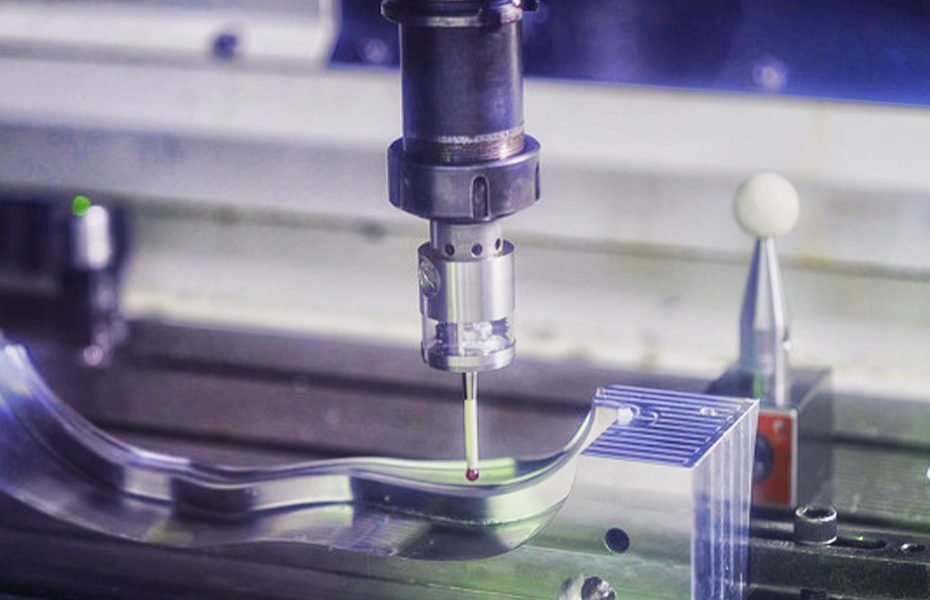Manufacturing has come a long way in recent years, with the development of advanced technologies like computer numerical control (CNC) machining revolutionizing the way we create parts and components. However, despite the many benefits of CNC machining, manual machining remains an essential tool in the manufacturing world. In this article, we’ll take a comprehensive look at both CNC and manual machining, exploring their similarities and differences, and examining the pros and cons of each process.
CNC Machining
CNC machining is a computer-controlled process that automates the production of parts. The process begins with a computer-aided design (CAD) file, which is used to guide cutting tools to fabricate the desired part. This results in a highly repeatable and accurate process that can produce parts with tight tolerances and complex shapes.
Pros of CNC Machining:
- Speed: CNC machining is much faster than manual machining, allowing manufacturers to produce high volumes of parts quickly and efficiently.
- Precision: CNC machining is capable of producing highly accurate parts with tight tolerances, making it ideal for precision components such as medical devices, aerospace parts, and electronics components.
- Repeatability: CNC machining is highly repeatable, ensuring that each part produced is exactly the same as the last.
Cons of CNC Machining:
- Cost: CNC machining can be expensive to purchase and maintain, and the cost of programming and setting up the machine can be substantial.
- Complexity: CNC machining can be complex to operate and requires skilled machinists to program and maintain the machine.
Manual Machining
Manual machining is the traditional method of fabricating parts using hand tools and machines such as lathes, mills, and drill presses. The process requires a skilled machinist who can use their knowledge and experience to produce parts with a high degree of accuracy and precision.
Pros of Manual Machining:
- Cost: Manual machining is a low-cost option for small production runs or one-off projects.
- Creativity: Manual machining allows for more creative freedom and versatility in the production process, allowing machinists to make changes on the fly based on their experience and intuition.
- Flexibility: Manual machining can be used to fabricate a wide range of parts, from simple to complex.
Cons of Manual Machining:
- Speed: Manual machining is much slower than CNC machining, making it unsuitable for mass production runs.
- Accuracy: The accuracy of manual machining depends heavily on the skill of the machinist, which can lead to inconsistencies in the final product.
Both CNC and manual machining play important roles in the manufacturing world. CNC machining provides speed, precision, and repeatability, while manual machining offers creativity, flexibility, and cost-effectiveness. When deciding between CNC and manual machining, it’s important to consider the specific requirements of your project, including production volume, lead time, part complexity, and budget. Whether you choose CNC or manual machining, both methods will help you bring your blueprints to life and bring your products to market.
Innovation and precision are at the heart of DFM Rapid’s CNC machining services. Whether you’re looking to produce parts for the aerospace, automotive, or medical industries, we have the expertise and technology to deliver results that exceed your expectations. Get in touch with us today to learn how we can help bring your vision to life.
